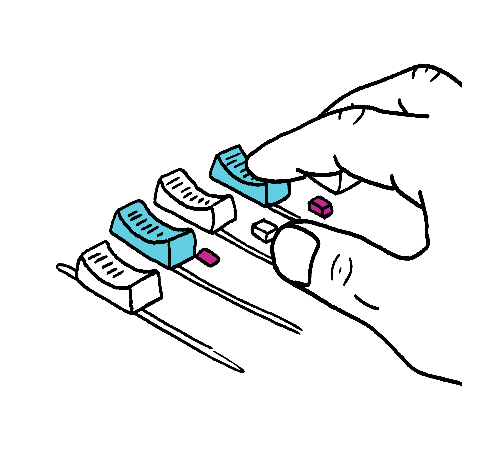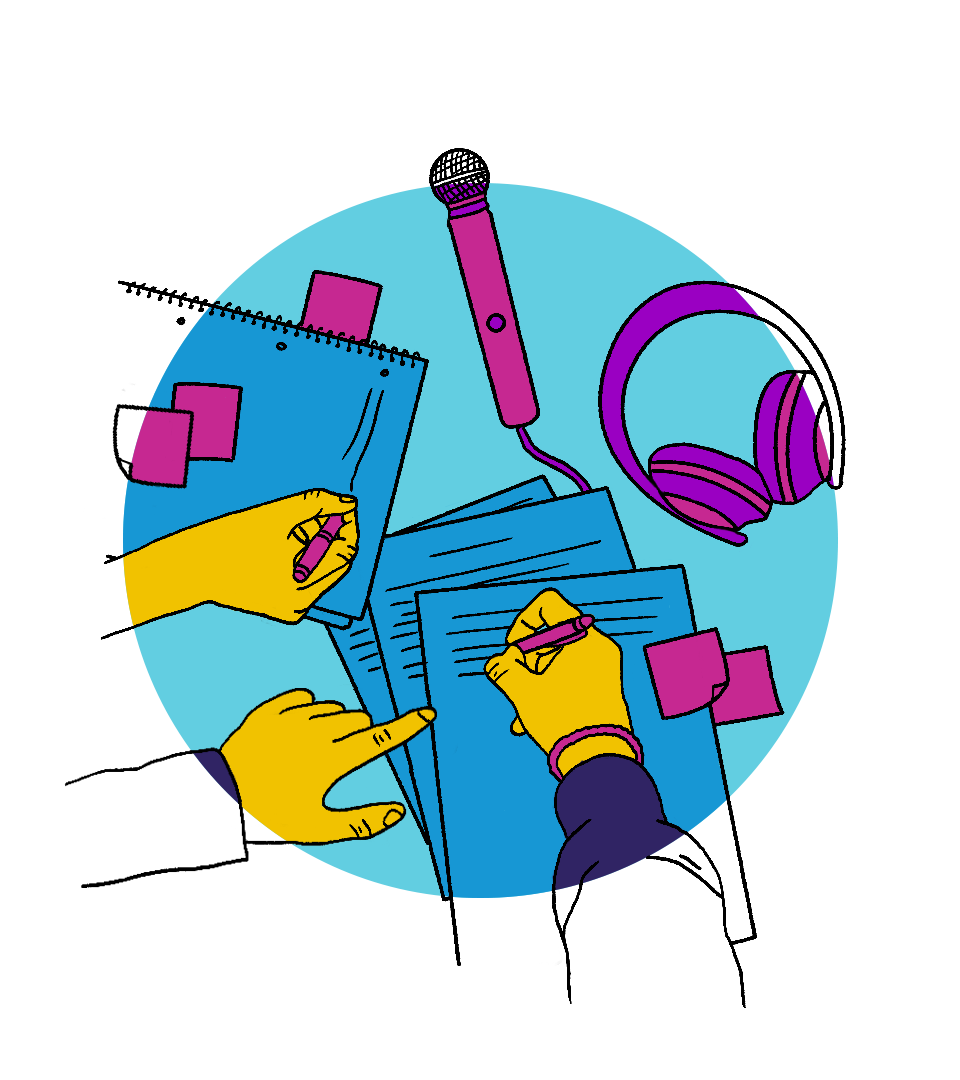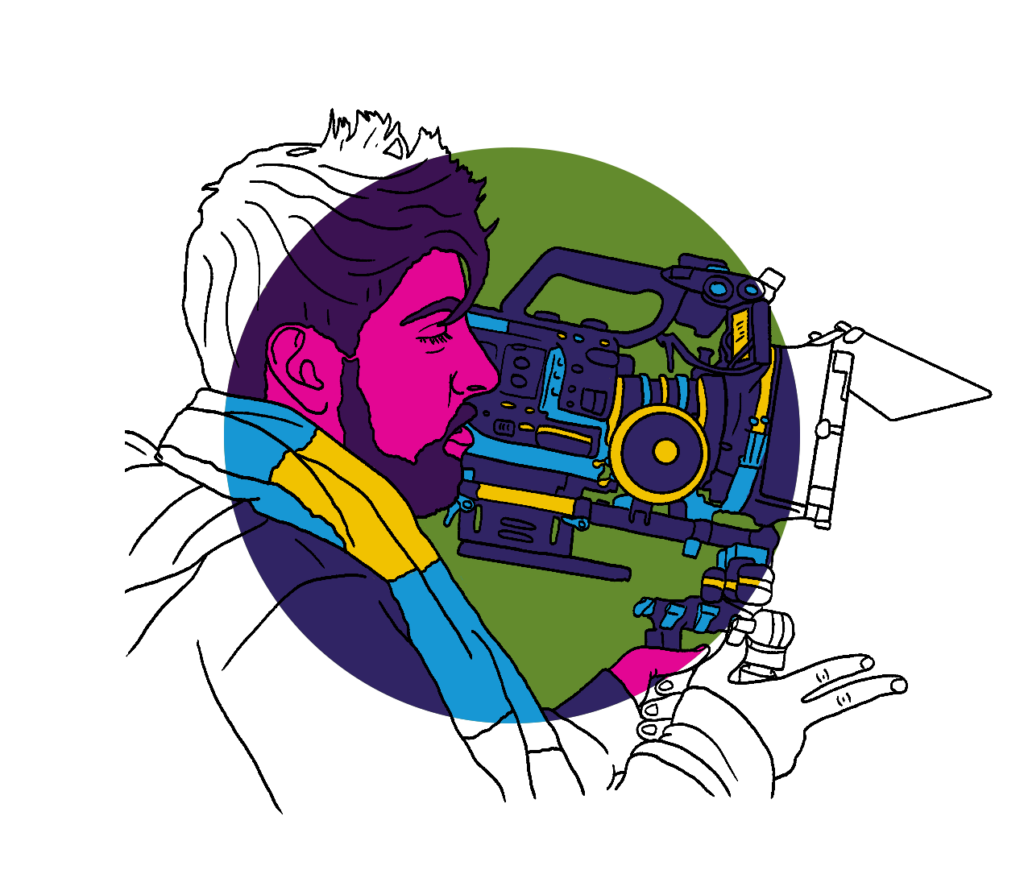A record label born in a UK prison is providing participants with vital skills through songwriting and co-creation.
I am very fortunate. I remind myself of that daily. My work revolves around creativity and collaboration – often collaboration with those in the most challenging circumstances. Difficulty and creativity appear to be natural bedfellows – after all, necessity is the mother of invention – but there is a darker side to this pairing. The streams of creativity do not always flow freely to those whom society chooses to ignore. Innovation can often be a luxury afforded to those who are visible, known and accepted.
There are many creatives who choose to occupy the liminal spaces of societal invisibility with the power of innovation. I have been drawn to these liminal spaces ever since I was a child, not just because I believe this is the precise point of intervention for art and design, but because my life is richer for it. Ever since I arrived in London as
an immigrant from the Middle East, these spaces have been familiar to me. I know what it is to be an outsider, and I know what it is to be visible enough for my differences to make me invisible.
Over the last two decades, I have been privileged to collaborate with disparate communities embedded within homelessness and His Majesty’s Prisons. I have witnessed countless examples of the ways in which creativity nurtures, enriches and encourages neighbourhoods.
InHouse Records is a record label that was born in His Majesty’s Prison (HMP Elmley) and developed through a completely collaborative narrative. It has grown to provide skills-based training in custody and in the community. The label provides participants with an opportunity for aspiration, as well as the enhanced skills that enable them to become better fathers, husbands and members of society. InHouse has a very low reoffending rate (less than 1%), making it a very successful rehabilitation programme. However, for so many people, InHouse is simply a record label, making music that is released and distributed through Sony – music that is performed live, including on stage in 2022 at Latitude and the Brighton Festival.
Almost all InHouse songwriters will change their narrative through songwriting, taking on more accountability, as they begin to make more sense of their past in order to build a safer future
At the very heart of InHouse lies creativity – a creativity that lives in the most challenging circumstances, and which demonstrates clearly that making something together provides so much more than just that which is made. The men find out that making something together requires collaboration, which needs its own set of nuanced tools: communication, accountability and adaptability. These are often the neglected tools of the co-creative process, but without them co-creation cannot happen.
The communication needed for collaboration in these challenging circumstances requires and enables participants to bridge the profound gaps resulting from adverse childhood experiences and generational poverty. Enhanced communication literacy, which includes written, visual, verbal and non verbal (body language) communication, allows for more expressive idea-sharing. Through better communication, we are exposed to other people’s ideas, opening the gateway to increased adaptability. In short, sharing ideas leads to more learning.
For InHouse Records, songwriting is the concrete process through which to nurture the competencies of communication, accountability and adaptability. Songwriting provides the songwriter with an opportunity to express narratives that might otherwise have been difficult to articulate. In the telling of these stories, the writer not only develops communication skills but also begins to open the door to accountability. We all construct our own narratives from our life experience and events. As we learn more about ourselves, the opportunity to change our narrative to (hopefully) a more accurate representation presents itself, enabling us to own bits of our narrative that may be uncomfortable. For InHouse artists, each song is an opportunity to view their own narrative. To begin a process of challenging and examining. Almost all InHouse songwriters will change their narrative through songwriting, taking on more accountability, as they begin to make more sense of their past in order to build a safer future.

The growth in communication and accountability through the process of writing songs generates learning capacity, or adaptability. Let’s be clear, adaptability is not shorthand for ‘resilience’. Rather, it should be an organic byproduct of understanding each other better, being open to new ideas and new ways of thinking, providing a sustainable flow of creativity. When ideas are heard, repeated and adopted, people begin to think less like a ‘self’ and more like a ‘collective’, a neighbourhood. An enhanced accountability, in the spirit of creativity, is the final jigsaw piece of the collaborative process. Individuals begin thinking as a group; the collective becomes supportive of each other; a learner who is into drill learns all the lyrics for a country and western song penned by his InHouse colleague as an act of solidarity.
The skills developed collaboratively at InHouse – communication, accountability and adaptability – form the nucleus of the social capital missing through systemic breakdown. There was a time when the UK criminal justice system employed machines to punish the body. Justice was meted out through instruments such as the stocks, the rack or the hangman’s noose. Gradually, the switch was made from punishing the body to punishing the soul, and from using machines to using regimes. When the soul is punished, we must find and speak the language of the soul to open a fresh dialogue. Creativity and the arts are the clearest language of the soul – and music can translate stories that have previously been impossible to articulate.
Through creativity and the skills to collaborate, that which is invisible can become more visible and that which society chooses to hide from its sight can be gradually revealed. A fresh lens is fashioned through creative collaboration, and through this lens we can all see a better way of being human.








